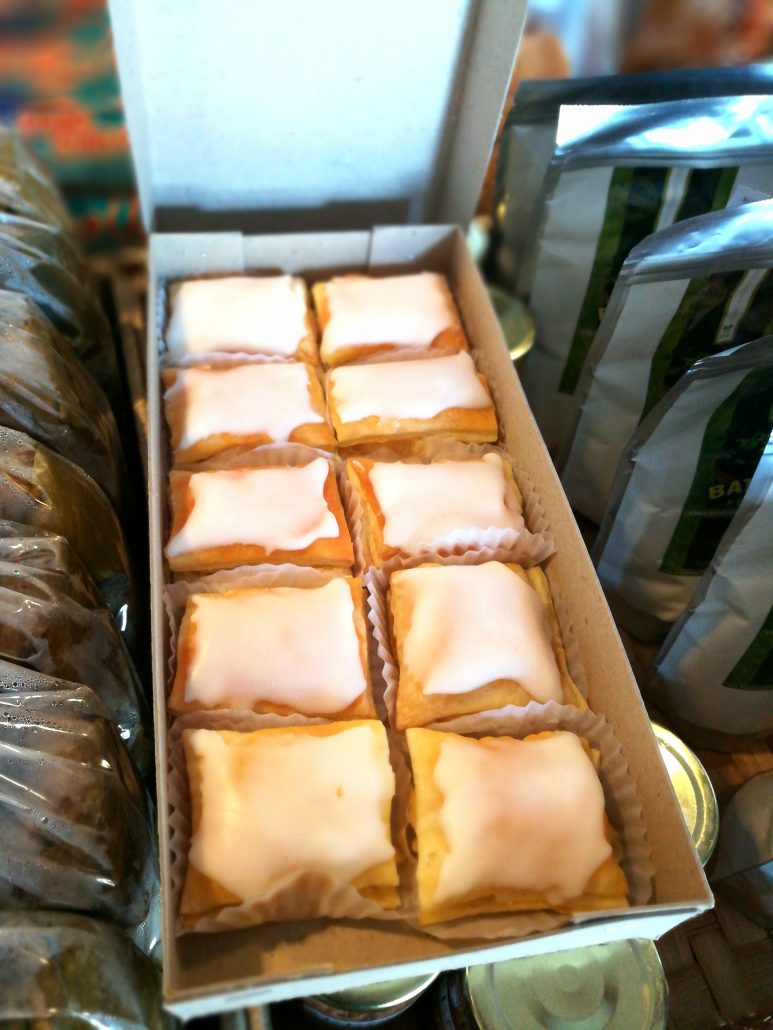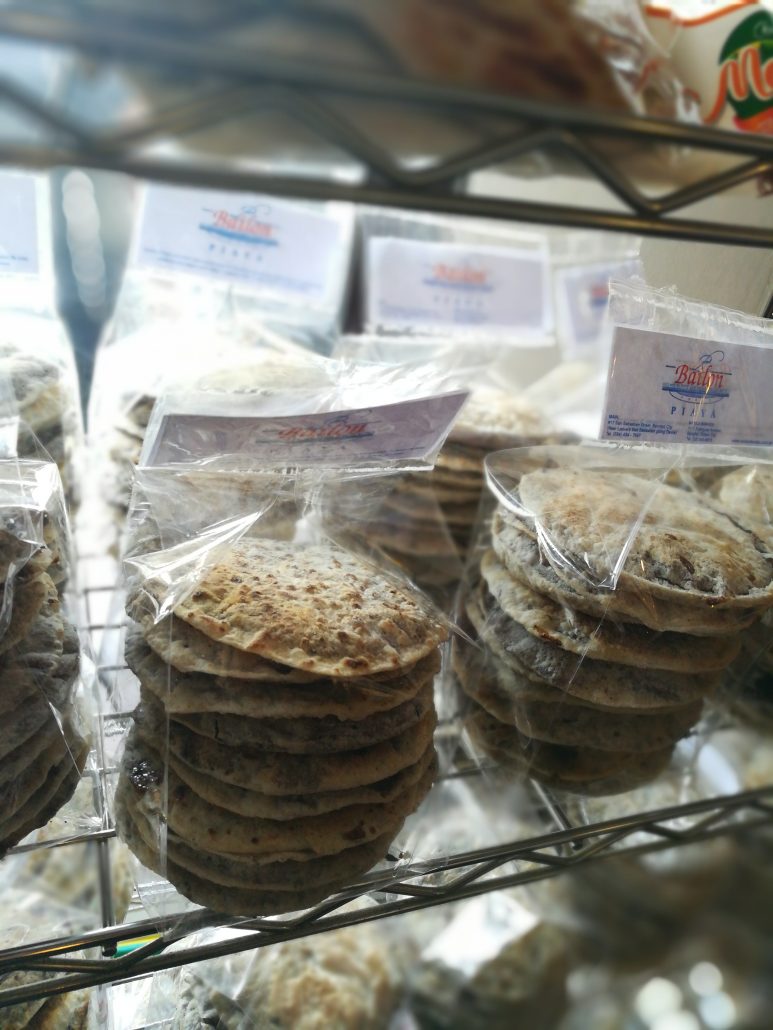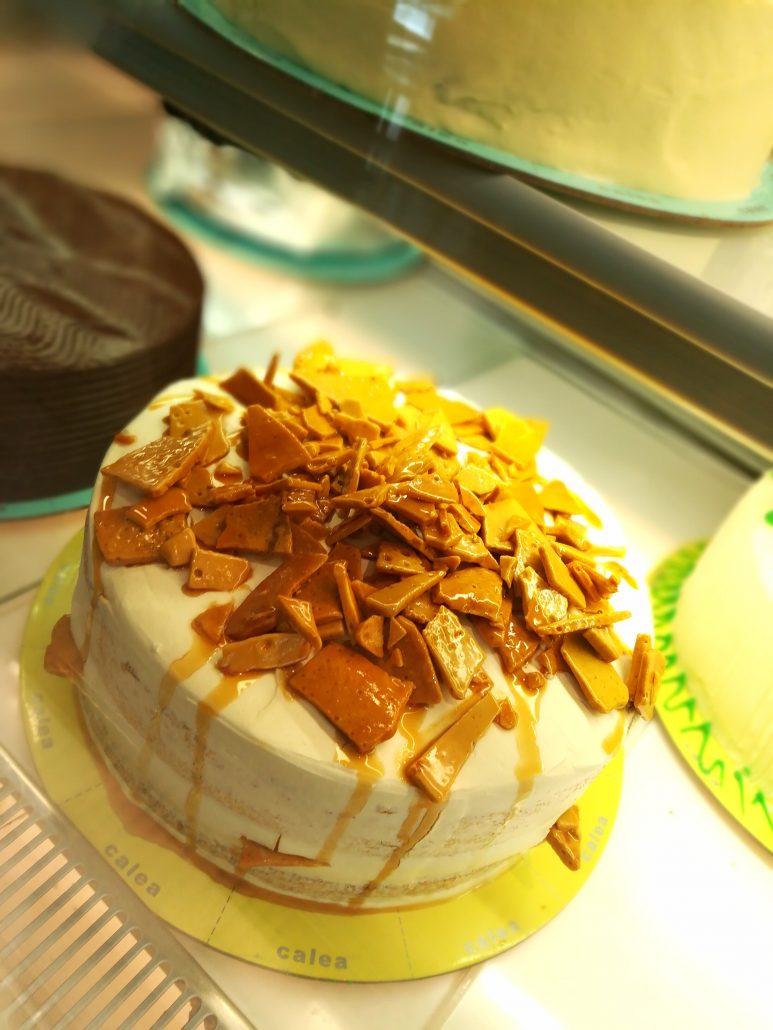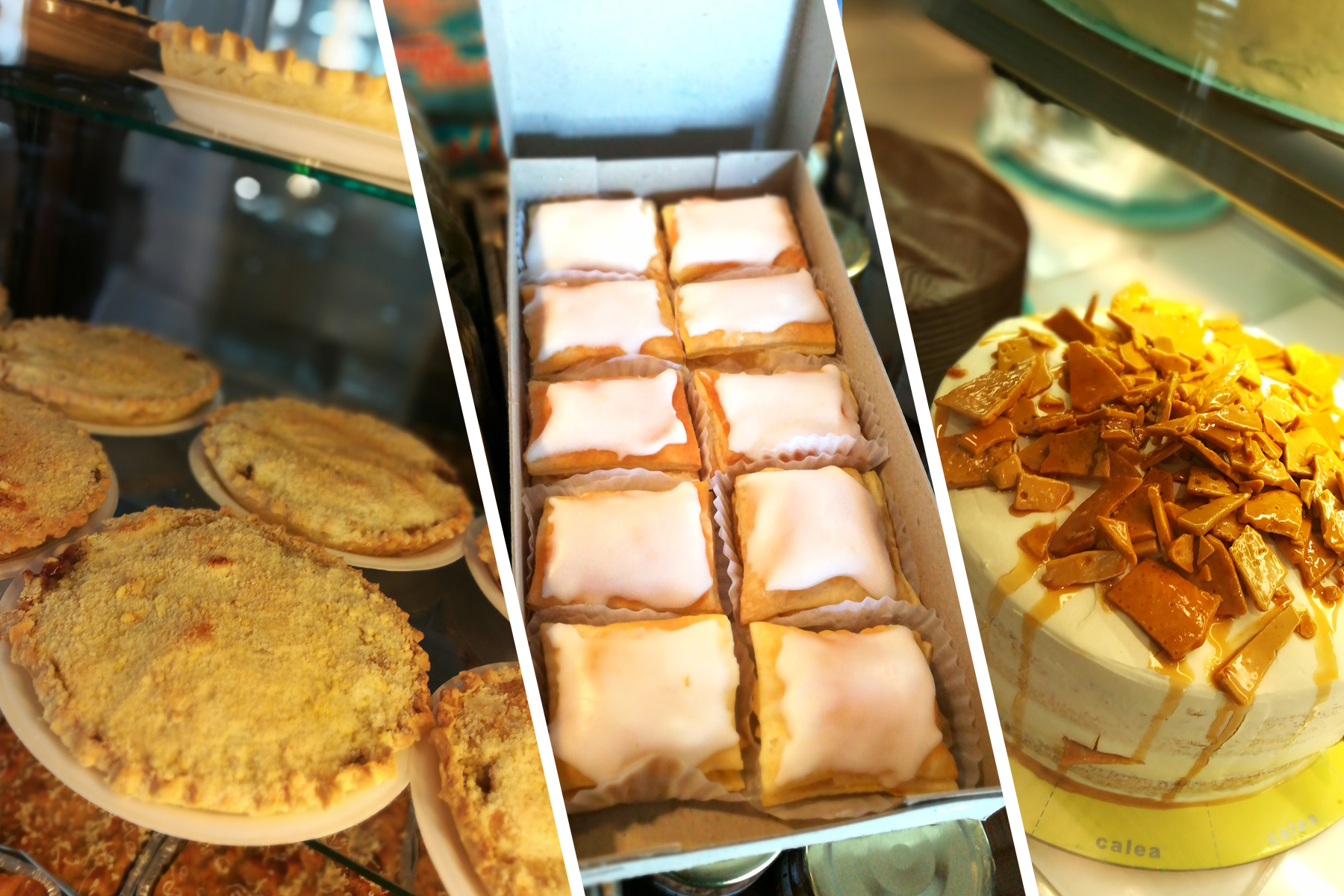IT IS no understatement when locals and tourists alike refer to Bacolod City as “sugarlandia.”
After all, the city is the central district of Negros Occidental, the country’s sugarbowl, yielding about 60 percent of the Philippines’ sugar production every year.

But nowadays this term of endearment seems to stem more from the province’s myriad sweet surprises: From the classic rich piaya and other Negrense delicacies that have enchanted many a traveler, to caloric cakes in every flavor, shape, and form – Bacolod City has plenty of saccharine treats for you to discover

‘NEGRENSE LIFESTYLE’
“Sugar has really shaped our culture,” Negros Museum executive director Tanya Lopez told Panay News. “If you look at it, since the 1800s sugar has been part of the Negrense lifestyle.”
The Negros Museum’s inaugural “Talamdan” exhibit, a collection of historical images and records of Negros from the National Archives of the Philippines, includes a section entitled “Sugar and Society” which shines a light on how Bacoleños may have developed their famed sweet tooth, as early as the Spanish period.
“The sugar industry bestowed great wealth on certain island inhabitants. The cane fields engendered an elite with a rarified lifestyle,” reads the notes on the exhibit. “The commodity of sugar and the windfall of accompanying its trade ushered in an era of gentility, culture, and extravagant lifestyle.”
About 54 percent of Negros Occidental’s 531,016 hectares of agricultural land is sugarcane-based, and raw sugar has been the province’s leading traditional export product since the 1800s.
With the riches afforded by the sugar trade to the land-owning hacienderos / hacienderas, the ruling class developed a taste for the finer things, and adapted some customs from the Spanish colonizers: magnificent edifices, luxurious mansions, servants, lavish parties… and most likely sinful sweet treats as well.
‘PASALUBONG CENTRAL’
When you’re looking to buy and sample a wide array of Negros’ best delicacies under one roof, locals will most likely point you in the direction of Pendy’s – located along Lacson Street, Bacolod City’s tourism and dining strip.

First established in 1987, Pendy’s is home to a wide selection of the region’s most sought-after pasalubong goodies – Virgie’s, Bailon’s, and more – while also being well-known for their signature “half moons,” a fluffy sponge cake topped with egg custard.
Pendy’s is also claimed to be the home of the best napoleones in town. Little squares of layered puff pastry, oozing with sweet custard cream filling, and topped off with some white sugar glaze – napoleones are a fairly recent addition Bacolod’s roster of delicacies, but they have taken the market by storm with their bite-sized delights.
Pendy’s napoleones stands out from the crowd with its velvety custard cream filling and not too overpowering sweet flavor, and at just P18 per piece you don’t have to break the bank for a little indulgence.

However, no other delicacy is as synonymous with Negros as the humble piaya – a flaky muscovado-filled flatbread – and the best on the island is said to be made by Bailon’s, also available at Pendy’s.
Already an institution in Bacolod City, Bailon’s – with its original store still standing along San Sebastian St. – is famous for its perfectly-toasted and crispy piayas. Topped with sesame seeds, and boasting a generous filling of raw sugar, it has charmed both locals and tourists alike, all craving more of their delectable goodness.
Neslie Joy Sesbriño, a tour guide at the Negros Museum, shares that Negros’ crown delicacy is best enjoyed freshly-made and hot from the griddle, so you can savor the gooey richness of the piaya’s muscovado filling and enjoy its ideal chewiness.

‘EAT MORE CAKE’
Right at the door of one of Bacolod City’s famous bakeries reads the words “Eat more cake” and we couldn’t agree more.
Found along Lacson Street and just around a few yards of each other are three of the largest connoisseurs of cake in Negros: C’s by L’Fisher, Felicia’s, and Calea at Balay Quince – each known for their distinct slate of yummy artisanal baked goods, cookies and macaroons, and beloved cake.

“I have noticed that the people of Bacolod are really drawn to strong flavors. When they say they want something sweet, it has to be intensely sweet, that’s the way the Bacoleños’ taste works I feel,” shared Frenchman Denis Laumone, the executive pastry chef of C’s by L’Fisher.
Chef Denis has helped C’s by L’Fisher develop a menu of artisanal bread and mouthwatering innovative cakes – marrying French cooking techniques with the unique palate of his newfound locale.
Among C’s by L’Fisher’s best-sellers are the decadent Crème Brûlée Cheesecake and the sweet-tooth dream Chocolate Caramel Mudcrunch, but the café and Chef Denis are best known for bringing a New York City craze to Bacolod City: the cronut.

“The cronut is a pastry first made by a French baker in New York,” said Chef Denis. “I wanted to be the first in Bacolod to make it from scratch. I wanted to crack the code. I am happy now to see that everybody who tries it really becomes addicted.”
C’s area manager Maria Elisea Mugar shares that they sell around 90 to 100 cronuts in Bacolod every day, surprised by the warm welcome and fanfare for the much sough-after pastry.
A SURPRISING TREAT IN THE PARIS OF NEGROS
Silay, just a 45-minute jeepney ride north of Bacolod City, is considered the seat of arts and culture in Western Visayas, thus it has been bestowed the honorific “the Paris of Negros.”

And among the town’s over 30 ancestral houses declared by the National Historical Commission of the Philippines as part of the Silay National Historical Landmark is the Cesar Lacson-Locsin Ancestral House, which shares its history with a gem in Negros’ history of sweet treats: The El Ideal Bakery.
Founded in the 1920’s by the late Cesar Lacson-Locsin, El Ideal Bakery is one of the oldest bakeshops in the region. Though right at the heart of sugarlandia’s agricultural haven for tubo – oddly enough – El Ideal’s signature delicacy traces its history to the sugar crisis of 1980s.
Disheartened by the sudden drop of sugar prices in the market as high-fructose alternatives entered the arena, some local sugarcane decided to cultivate guapple fruit instead – a Vietnamese variant of the guava.
Alice Locsin Villanueva, daughter of Cesar Lacson-Locsin, had a stroke of genius, seeing the misfortune instead as an opportunity: hence she substituted guapple into the classic American apple pie recipe, to come up with the indelible symbol of El Ideal now.

The unparalleled Guapple Pie to this day has enamored the Negrense people with its well-balanced sweetness, notes of cinnamon and butter sugar, but with the tang of the aforementioned fruit.
As Marie Antoinette is believed to have said: “Let them eat cake!”… and Guapple Pie.
Go out and taste all sugarlandia has to offer!/PN








